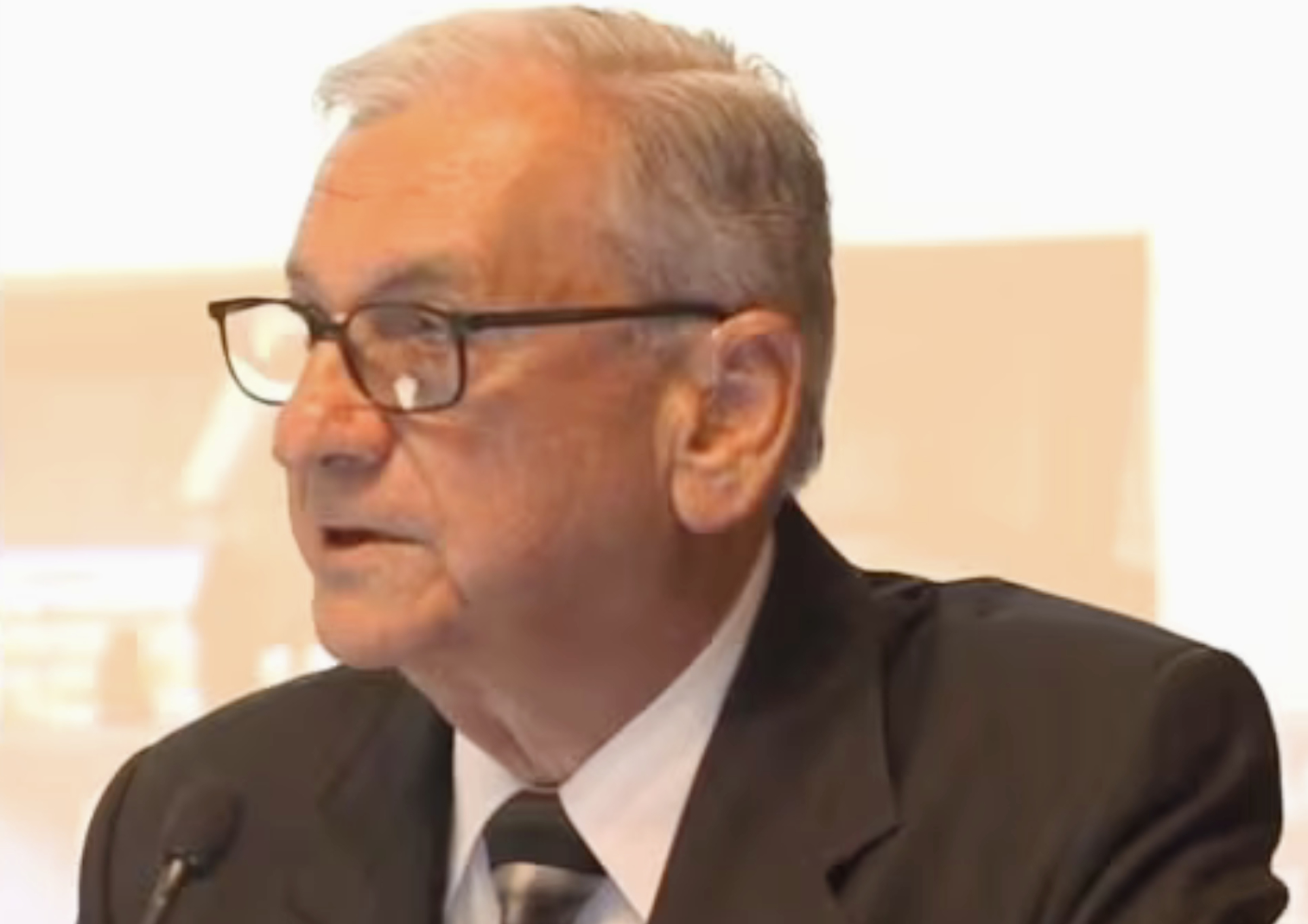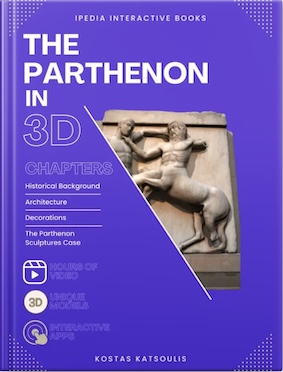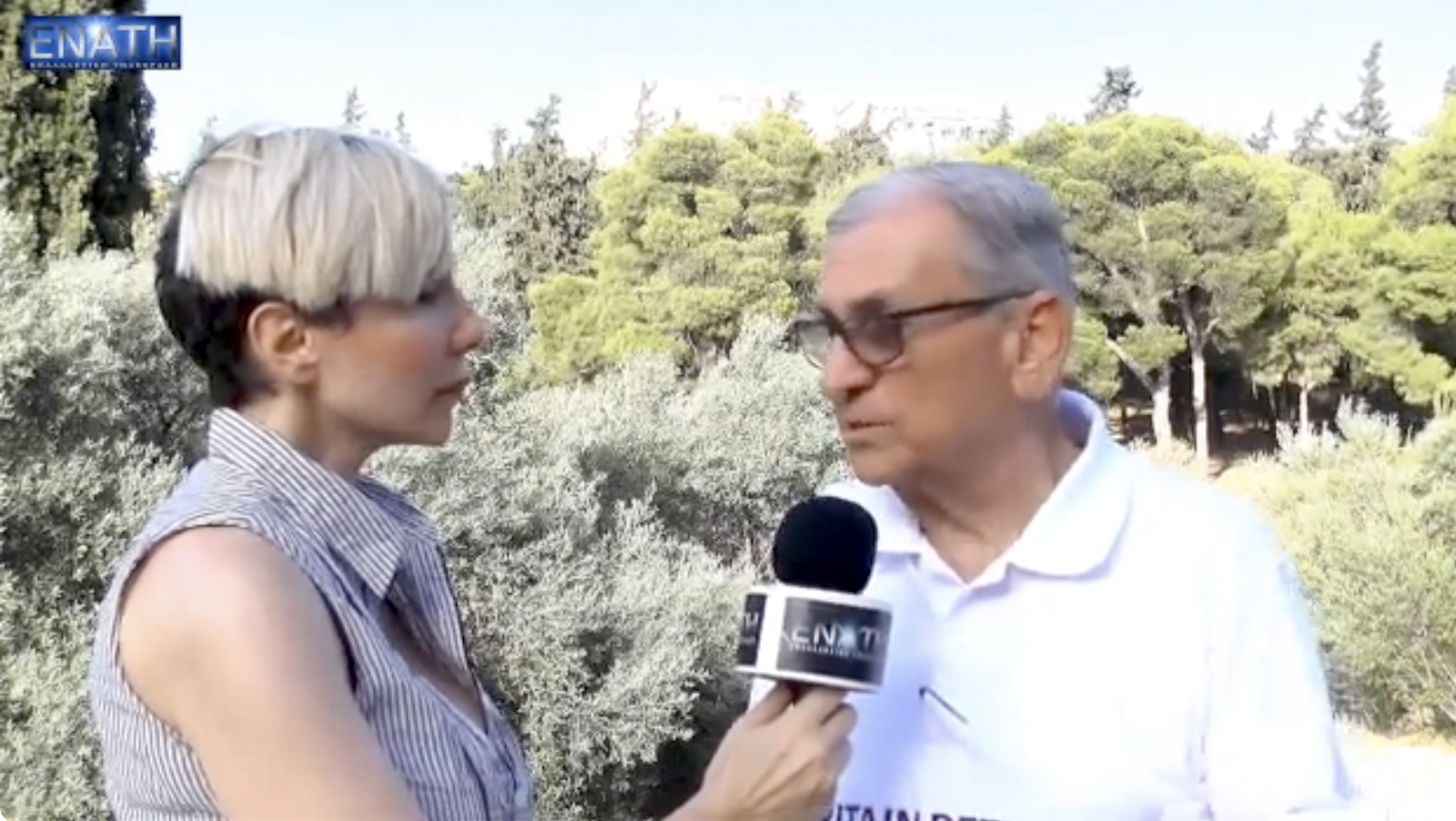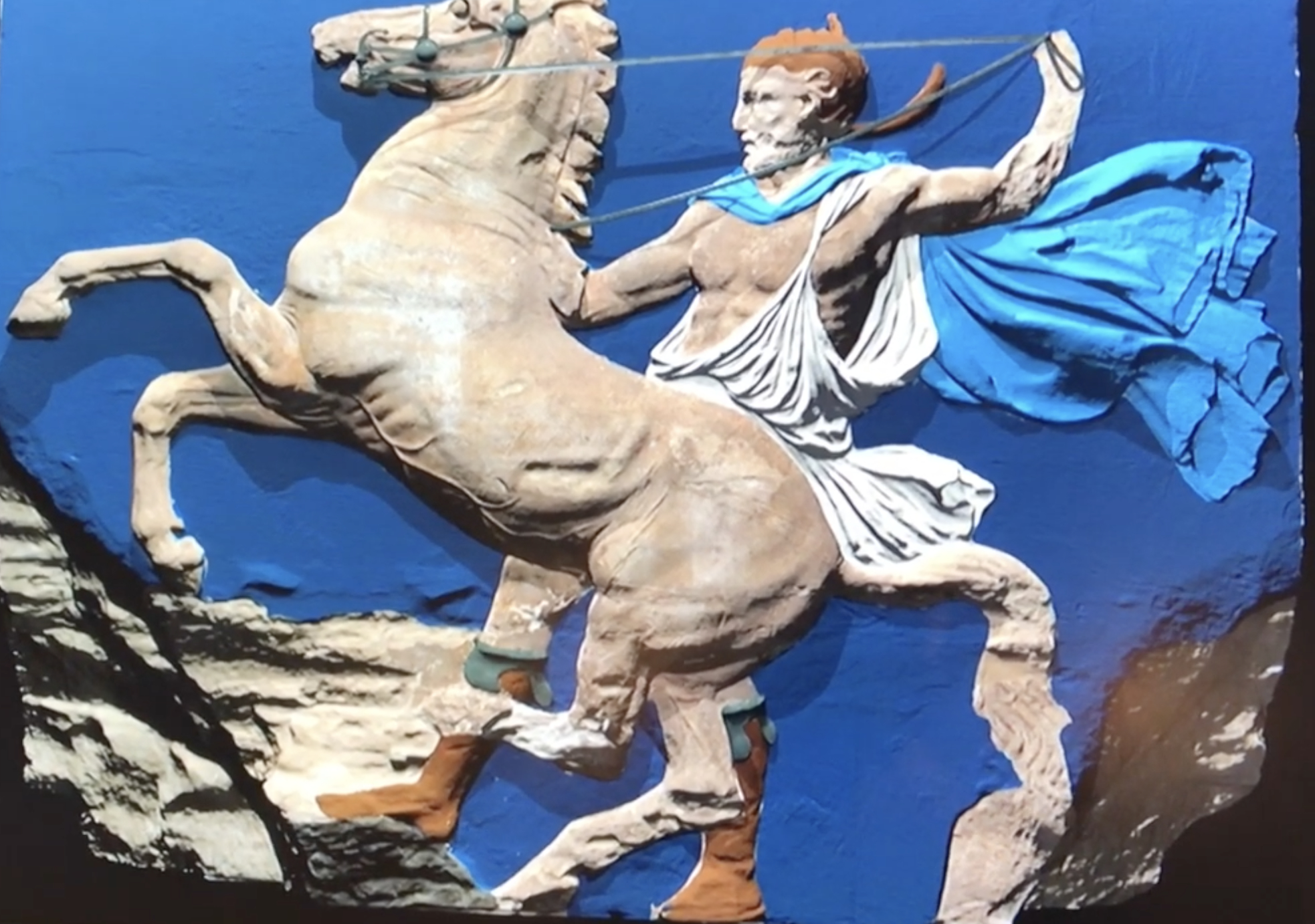

The New Acropolis Museum was officially inaugurated on June 20, 2009, and celebrates this year 10 tremendous years of successful activity. It has grown to be one of the best museums in the world and has received over 14,5 million visitors. Between 13 and 20 of June, the Museum has organized a series of festivities to commemorate its anniversary, with as a major event – on June 20 – the opening of the archaeological excavation underneath the museum.

The architectural remains of Late Antiquity (4th-7th century AD) excavated during the construction of the museum give an unrivalled insight into the everyday life of an ancient neighbourhood at the foot of the Acropolis. From June 21 on, this new archaeological site will be open to the public.
The history of the New Acropolis Museum goes back to the 1970s. The museum built on the Acropolis itself, whose initially construction dates of the 19th century, was by then outdated and could no longer cope adequately with a large number of visitors. Moreover, important restoration and conservation work carried out on the monuments of the Acropolis from 1975 on rendered the exhibition space in the old museum too small to accommodate the sculptures that were being taken down from the various Acropolis buildings to preserve and conserve them from the urban pollution.
In 1976, less than two years after the restoration of democracy in Greece, President Constantinos Karamanlis conceived plans for the construction of a new Acropolis Museum and selected the site upon which the Museum was finally built, located in the historic neighbourhood of Makryianni, a natural extension of the south slope of the Acropolis hill. Between 1976 and 2000, no fewer than four architectural competitions were conducted, before the award finally went to the project by design architects Bernard Tschumi, Michael Photiadis and their associates.
The New Acropolis Museum is a three-story building facing the Acropolis, a transparent construction of structural concrete, stainless steel and marble, with liberal use of glass for the facades and part of the floor,. It achieves an interplay between the museum, where the antiquities of all periods the Acropolis are on display, floating over the in-site excavation, and panoramic views on the Acropolis and the city.

The concept of the building is ingenious, divided over four levels: the ground floor of the Museum is suspended on pylons over the archaeological excavation; a gentle slope ending up in a monumental staircase connects the ground floor with the first floor; the top floor or Parthenon Gallery is arranged around an indoor court and rotates slightly so that its orientation corresponds exactly to the orientation of the nearby Parthenon temple. The concept of the Acropolis Museum can thus be seen as an evocation of the topography of the Acropolis in ancient times: a Sacred Way leads visitors from the city up the slope of the Acropolis hill, then up the steps towards and through the Propylaea to the Parthenon.

The display of the artefacts in the Museum strengthens this image. The ruins of a part of the ancient city of Athens are situated on the lowest level. The finds excavated on the slopes of the Acropolis in secondary temples, shrines, and caves, are on display on the ground floor, along the gently sloping path. The numerous sculptures and architectural fragments – most of them unique treasures of art – found on the Acropolis, including parts of the Archaic temples, the Erechtheion, the temple of Athena Nike and the Propylaea, are presented on the first floor and can be viewed from all sides. The ambient natural light in the exhibition rooms, changing throughout the day, particularly suits the sculptures on display. The top floor is dedicated to the surviving Parthenon sculptures in Athens, completed with plaster casts of the sculptures actually on display in the British Museum in London. This juxtaposition of original parts with plaster copies underlines the call for the return of the originals in the British Museum. The display in Athens (unlike that in the BM’s Duveen Gallery) is exquisite, the sculptures can be seen exactly as they were placed on the Parthenon, but in a lowered position for the convenience of the visitor. The glass enclosure provides ideal light and enables direct view on the context of the original environment of the Parthenon Sculptures.
The New Acropolis Museum is a thematic archaeological museum, geographically limited to the finds of the Acropolis, the slopes of the hill and its monuments, chronologically limited to artefacts dating from the earliest period to Late Antiquity. It is a “living” museum, constantly in motion and constantly replenishing its exhibition with new finds, as a result of the ongoing archaeological research and the restoration works conducted in the area by members of the Greek Archaeological Service.
In just 10 years, the Acropolis Museum has grown into a leading world museum, with a highly scientific programme, a very competent restoration, and conservation department, strong cultural-museological management, and a suite of dynamic projects for the future. Therefore, one can only regret the more deeply that not all surviving parts of the Parthenon Sculptures – a number of them are dispersed in other museums and collections besides the British Museum – are today reunited in this beautiful museum.

The most important collection of Parthenon Sculptures abroad is actually on – poor – display in the British Museum in London. They were “taken” by the British diplomat Lord Elgin with a view to decorating his mansion in Scotland, at the beginning of the 19th century, at a time when Greece was under Ottoman rule. In the process, several were destroyed. Financial problems too meant that he had to sell the Sculptures, which finally were purchased from Lord Elgin by Act of the British Parliament and entrusted to the care of the Trustees of the British Museum. The young free Hellenic State began negotiations for the return of the Sculptures as early as 1842. A crucial turning point came in 1984 when Melina Mercouri, then Minister of Culture, made a formal request to the British Museum for the return of the Sculptures to Greece and simultaneous a request to UNESCO, which was immediately entered on the agenda of the Intergovernmental Committee on the Return of Cultural Goods to the Countries of Origin. The claim from Greek governmental side for the return of the Parthenon Sculptures is regularly repeated, without reference to legality, but the stance of the British Museum Director and Trustees – a harsh ‘no’, without even a willingness to enter into formal discussions – remains unchanged until today.

The reunification of the Parthenon Sculptures in the Acropolis Museum in Athens is not only a claim made by Greece. It is supported by International Cultural Organizations and by individuals worldwide. The International Association for the Reunification of the Parthenon Sculptures (IARPS), founded in 2005 and consisting of 20 national committees, spread over 18 countries, supports the claim for reunification, in close collaboration with the Greek authorities, who do not wish to engage in litigation at this moment, but prefer a policy of cultural diplomacy. A policy line that the IARPS respects. New approaches are therefore necessary to reach a breakthrough in the dispute. As the Parthenon Sculptures were made for and constitute an intrinsic part of the Parthenon temple on the Acropolis – an emblematic building, symbol of Western Democracy and recognized as a World Cultural Heritage, it is above all, a moral obligation to return and to reunify all the surviving Parthenon Sculptures in the Acropolis Museum, where they are in direct visual contact with the Parthenon temple. Only in this way they can continue satisfactorily to fulfill their mission: testimony to the great craftsmanship of the ancient sculptors in the 5th century BC and a reminder of the origins of Democracy.
Dr. Christiane Tytgat
Historian – Archaeologist
President International Association for the Reunification of the Parthenon Sculptures
President of the Belgian Committee for the Reunification of the Parthenon Sculptures



